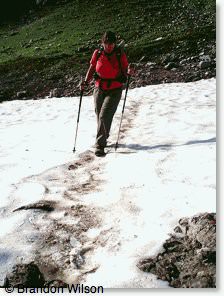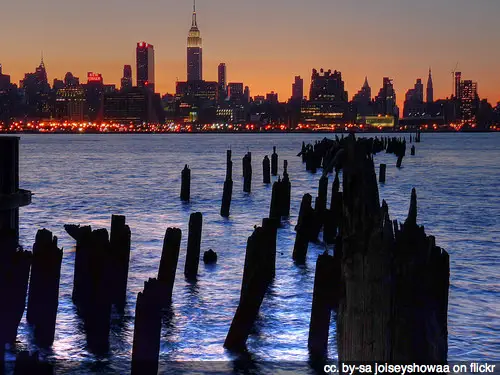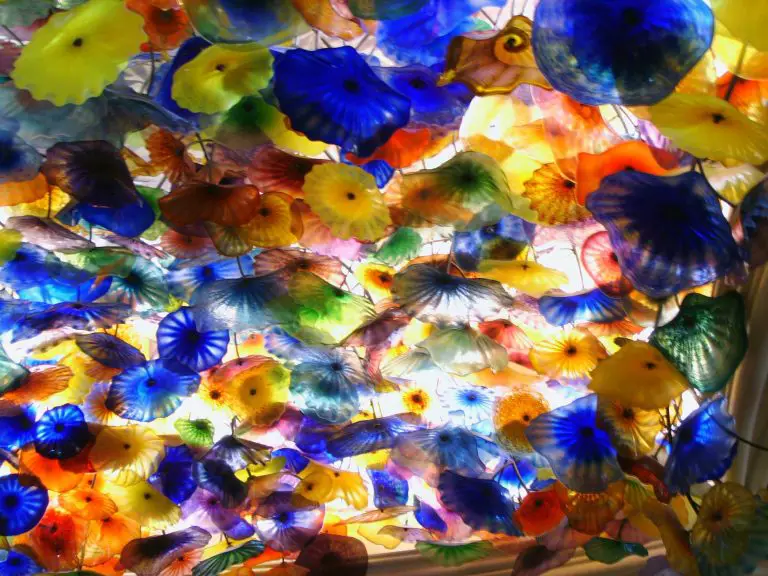How to visit Yosemite National Park, USA
The United States has beautiful national parks, there’s no denying that. Sweeping vistas and monumental landscapes; exhilarating experiences with wildlife and, with a little work to get off the tourist track, the chance to feel like you’re in the middle of nowhere, far away from the noise and chaos of developed places.
I’ve spent a lot of time in these and many other parks, hiking, backpacking, camping, and picnicking, and when my husband Brett and I planned a trip to California’s Yosemite National Park earlier this summer, I figured I knew what to expect. I’ve heard much of the majesty of Yosemite, but I honestly didn’t think it would be that different than other wilderness experiences.
Boy, was I wrong.
Yosemite was incredibly beautiful, though a little overwhelming in tourist activity and more than a little confusing logistically. It’s steeped in history and full of opportunities for breath-taking views and exhilarating hikes/bikes/walks/climbs/almost any other sort of activity you could imagine. It was unlike any other national park experience I’ve had in the past, and I can’t wait to go back. We learned a lot planning our trip and started planning our next one while we were on the trail.
But first, a disclaimer: while I wish we had visited the many other regions of the park, we mostly experienced Yosemite Valley. We spent a total of about one day on the valley floor and driving in and out of the park (in from the west side, out from the south side) and four full days on the trail, backpacking a bit more than the length of the valley on the northern rim. This article is based on our experiences in planning for our trip, and I am by no means a Yosemite expert.
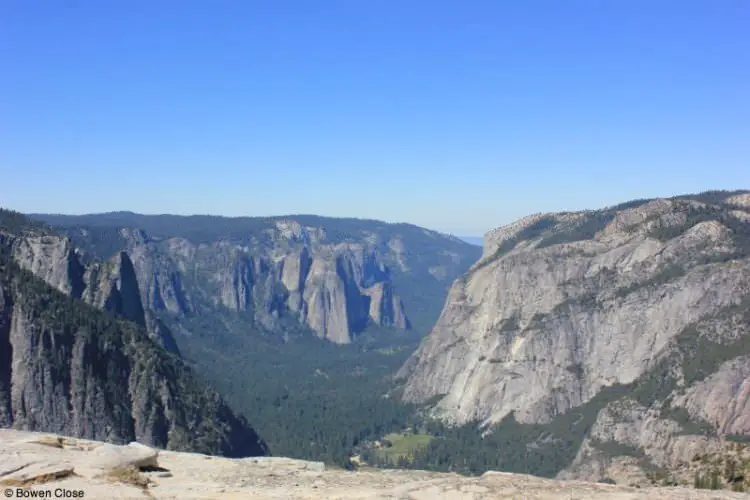
We had an amazing trip, but there are definitely some things we wish we knew ahead of time. Here are some tips for planning and completing a successful trip to Yosemite:
Plan ahead
No really, plan far ahead! Many of the campsites and backpacking opportunities in the park fill up FAST. You MUST have a trail permit to stay overnight in Yosemite backcountry, and permits for some of the more popular trailheads/exit points go quickly, since they limit the number of the people on each trail each day. You can apply for permits remotely by faxing or mailing in an application (available on the Yosemite National Park website). That website will also tell you which routes are still available, though it can be a little confusing to interpret how they communicate that information. There are always permits reserved for walk-ins, but that also takes some advance planning and can be risky, since they quickly run out. We saw people waking up before dawn to sit in line outside the permit station in Yosemite Village (the resort/town in Yosemite Valley, and the main development in the park), and overheard a lot of people in the permit office being told there weren’t permits available for most trailheads for the next few days. The National Park website can be helpful, but also kind of difficult to understand.
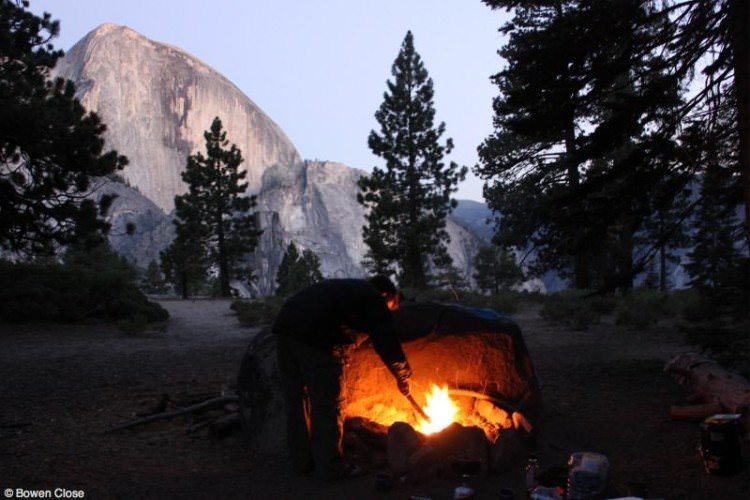
Get planning help from others
If you’re looking to backpack, you’ll have some research to do. Try to find other people, either friends or people online, who have done backpacking trips in the park before and can give you advice about what routes to do. LiveOnceLiveWild has a complete guide that’s a good place to start.
When you apply for your permit you have to pick specific entry/exit trailheads, which means you need to have a route picked out ahead of time. Make sure to get information about how the trip can be split up into days, and which days are harder than others.
Backpackers are requested to stay only in pre-developed sites, so it’s important to figure out where those are along your route, along with sources for water (campsites are usually near water, which makes that easier). Our first day of hiking was much longer and more strenuous than we would have liked, because we had to keep going until we found a campsite and water.
Absolutely, no question, make sure you have a map with elevation contours. While hiking we checked this map almost every 30 minutes – to know what was coming, to see how far we had gone, and to see where our next water source might be.
Go to the valley floor
Yes, it’s crowded. Yes, it feels kind of like a resort. But tourists flock there for a reason: it’s breathtaking. From the bottom of the valley floor you can see the monumental presence of the rock formations around it, including El Capitan and Half Dome. With help from friendly climbing fans with telescopes you can check on the climbers that spend days (literally) on sheer rock faces to get to the rim of the valley. And if you need to stock up on supplies, rent bear canisters for the backcountry (see next point), or use a real bathroom, the valley floor is the place to do it. (There are other centers for services in the park – check park maps and information for exact locations.)

Plan for bears
There are bears in Yosemite – LOTS of bears – and you will most likely have some sort of encounter with one before you leave. Whether it’s the bears that haunt the campsites and parking lots on the valley floor looking for food or the bears that wander in the backcountry (also looking for food), they are everywhere and need to be taken seriously. Before you go into the backcountry or on any kind of hike, check with a ranger station – they know where bears are and are constantly monitoring bear-human interactions.
It is absolutely imperative that all food, toiletries, and anything else that goes in or on the body be stored in bear canisters (available for rent at a few locations in the park) or bear lockers (placed at all trailheads, campgrounds, and parking lots). Bears easily and regularly break into cars to get food, even when it’s stored in the trunk! On our last night, a bear stole off with one of our rental bear canisters while we were sleeping (after we had chased the bear off once already). Thankfully it didn’t steal both, or we would have been without food for our last long hike back down into the valley. We still had a lot to replace, though, so don’t bring any sort of valuable toiletries that would be difficult to lose.

Leave plenty of time for relaxing and taking in the sights
Yosemite is beautiful (have I emphasized that enough yet?), so make sure to leave yourself time for relaxed appreciation. Don’t hike until you’re so tired that all you can do is climb in your tent and go to sleep. Don’t plan activities for your family all day every day (and on that note – the park provides a huge array of educational and entertaining programming for people of all ages). Make sure you have time to wander in the woods, to gaze out at Half Dome, and to watch the stars at night.
Our trip
For what it’s worth, here are our trip details: We drove into the park from the west side (Highway 120) and arrived in the valley floor in the late evening, planning to spend the night in the backpackers’ camp (which provides campsites for backpackers one night before and after their backcountry permits, no reservations needed). Despite asking the ranger at the entrance station for directions, it was still incredibly unclear where we needed to go. After about 40 stressful minutes of driving around the campgrounds on the east side of the valley floor, we asked a camper at another site and he knew exactly where to go. Note that the backpacker sites are hike-in only and parking is a significant distance away, and all food and toiletry items must be stored in bear lockers.
We had not yet organized our supplies nor packed our packs, and had to do so very quickly before haphazardly lugging everything into the backpackers’ camp. The next morning we went into Yosemite Village to get our permit and rent a bear canister, then we headed west from the valley to Old Big Oak Flat Road Trailhead (NOT Rockslides Trailhead – the two sometimes get confused). We organized and packed our packs and headed out. We spent the next four days/three nights on the north rim trail, passed the top of El Capitan and Yosemite Falls, and ended up at the eastern edge of the valley, camping right across from Half Dome.
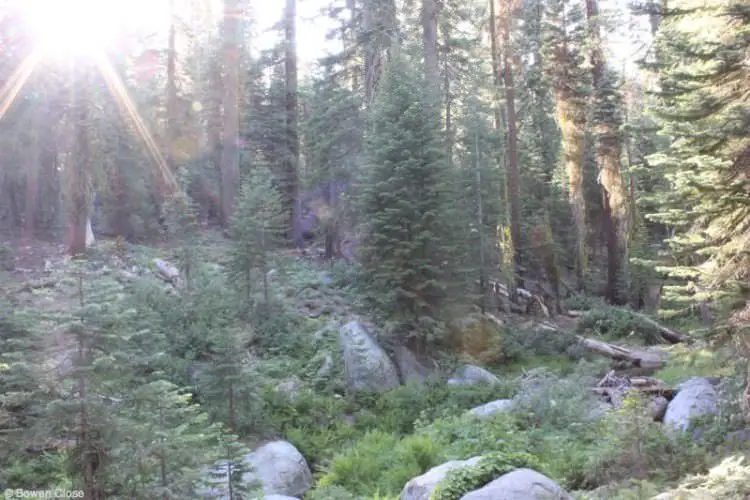
That last night was by far the best, with incredible views of the valley and a great campsite right by a swimming hole. The last day was a bit brutal as we had to hike down switchbacks back to the valley floor, but it was definitely worth it. We exited at Snow Creek trailhead and hiked what ended up being quite a long distance back into Yosemite Village, and to get back to our car we unfortunately needed to hitchhike, which took far longer than we expected. (There was a shuttle that could have taken us, but it only goes twice a day and we didn’t want to wait.) We then drove south to the park exit on Highway 41, which was a gorgeous drive.
Backpacking in Yosemite was an amazing experience, and I’m anxious to return. I want to explore Tuolumne Meadows, Hetch Hetchy Reservoir, Bridalveil Creek, and many of the other parts of the park. A trip to Yosemite requires a little more planning and forethought than some others, but it’s well worth it!





